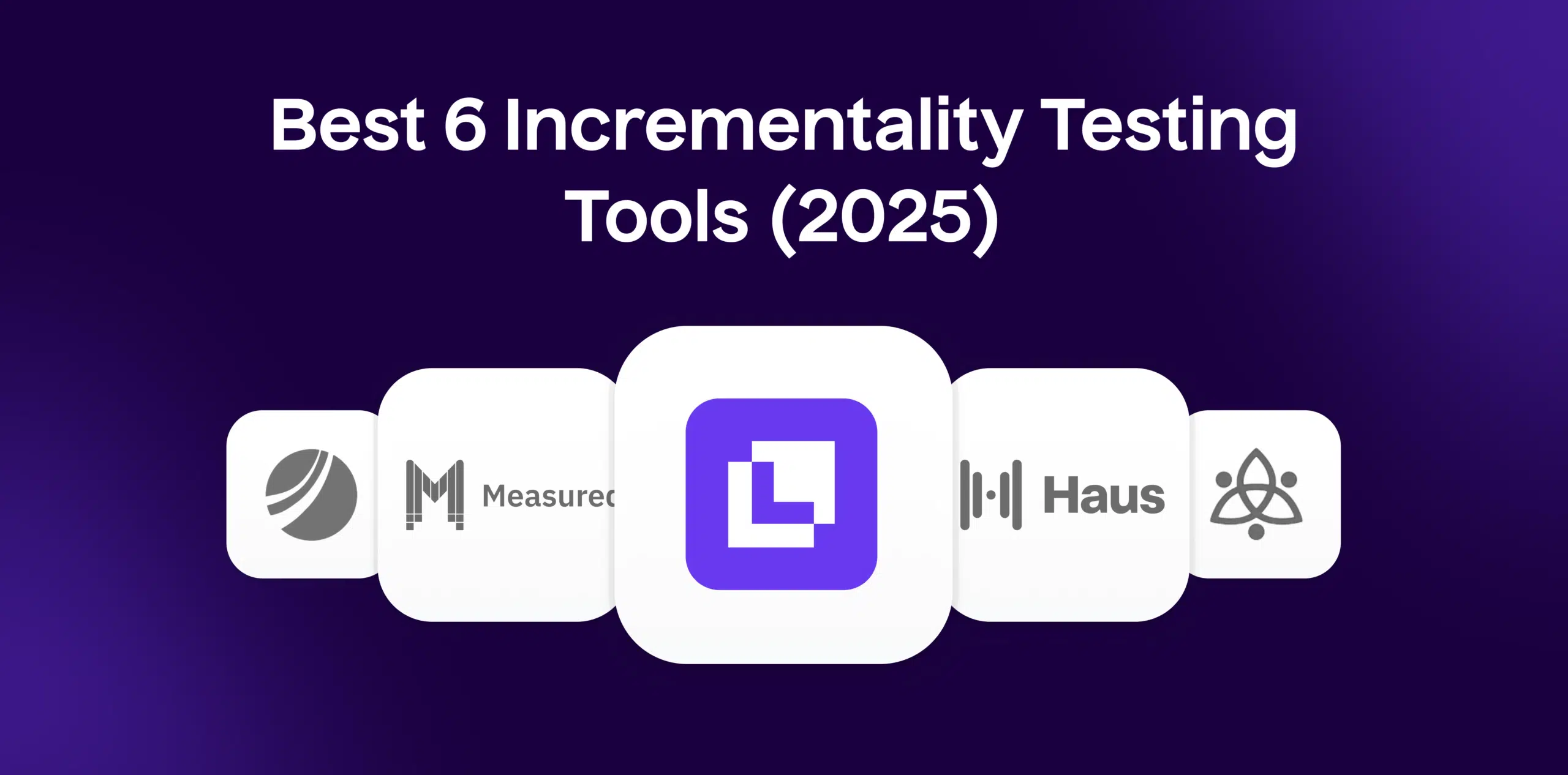What is App Order Gap Analysis?
App Order Gap Analysis is a business intelligence process to identify and measure the discrepancy between the actual number of orders gathered through an ecommerce mobile application and the app’s potential or expected performance. Herein, the expected order performance denotes the target set by the business or an estimation believed to be achievable in an ideal scenario. This analysis assists e-commerce businesses in identifying areas of improvement and developing strategies to boost app orders.
Formula
App Order Gap Analysis = Potential Orders – Actual Orders
Example
Suppose an e-commerce business aims to secure 500 orders daily through its mobile app. However, the app achieves only 350 orders. The gap is 150, illustrating a significant shortfall that the company can work to improve.
Why is App Order Gap Analysis important?
App Order Gap Analysis is a vital instrument as it helps determine if the mobile app is underperforming or meeting the estimated orders. This insight can further assist in pinpointing problems within the app, identifying user behavior patterns, and tailoring an efficient strategy to enhance the overall order rate. Moreover, it aids in predicting future growth trajectories and making informed decisions based on real data.
Which factors impact App Order Gap Analysis?
Factors such as app usability, payment options, personalization, product availability, marketing strategies, customer service, and app stability significantly influence app order gap analysis.
How can App Order Gap Analysis be improved?
- Optimizing the app layout: Enhance user experience by simplifying the ordering process, logging in faster, etc.
- Personalization: Personalized recommendations based on past purchases can enhance sales.
- Regular app updates: Continual updates to fix bugs and incorporate new features can enhance app performance and resultantly, the orders.
What is App Order Gap Analysis’s relationship with other metrics?
App Order Gap Analysis closely ties in with other e-commerce metrics such as customer retention rates, customer lifetime value, conversion rates, shopping cart abandonment rates, and app download rates. It gives a complete picture of the app’s functionality from an e-commerce perspective, providing valuable insight into business profitability.
Free essential resources for success
Discover more from Lifesight
























































